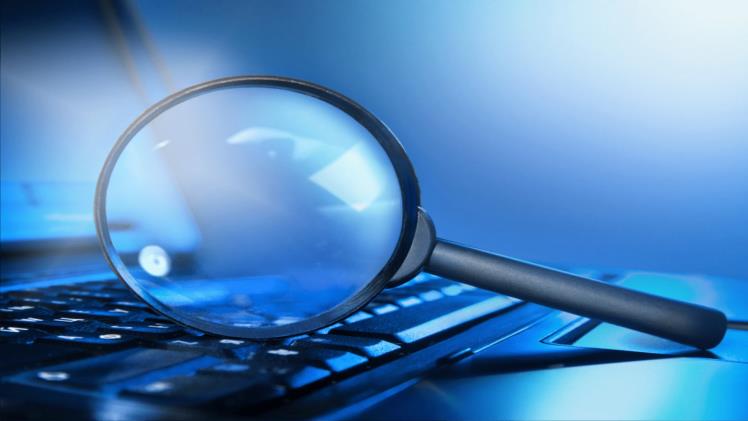Prudent employers use background checks, including fingerprint searches, as part of their hiring process. However, the time it takes to receive the results depends on several factors.
State or FBI processing times can add weeks to the timeline, depending on the nature of your check. Here are a few of the main factors that affect the timing:
Getting the Prints Taken
Fingerprint background checks are a standard part of the hiring process. They are often required for security guards, teachers, notaries, contractors, nurses/doctors, accountants, pilots, lawyers, and other professionals. They are considered more thorough than standard searches by name because no two people have the same fingerprint.
Fingerprints go on record for criminal and civil purposes and can be used for identification or as evidence in court cases. Unlike public databases and records, they are the only form of background check that goes back for an applicant’s entire lifetime, which may only go as far as recent events.
So, how long do fingerprint background checks take? The speed at which the appropriate authorities handle requests and the extent of the search determine how long it takes to get results from a fingerprint background check. Most investigations are finished in a span of one to thirty working days.
Getting fingerprinted consists of having your prints taken by an authorized state vendor. This can be done through the online Fieldprint service. Both methods require a government-issued ID for identification. Once scanned, the prints are electronically transmitted to NMLS for processing.
If you have had a CBC before, it is possible that NMLS already has fingerprints on file, and your new ones don’t need to be submitted. If this is the case, you can elect through a MU4R submission to use your existing prints and not have them re-scanned.
Using your existing fingerprints saves time and can reduce the costs of a fingerprint background check. However, if the previous CBC was not an FBI Name Check, you must have your fingerprints re-scanned, which can take up to 90 days.
Submitting the Prints
A fingerprint background check typically involves searching the FBI’s Integrated Automated Fingerprint Identification System (IAFIS). This nationwide computer database contains fingerprints submitted by law enforcement or other government agencies as part of an arrest, charge, or conviction record. The system also includes fingerprints submitted in the context of specific searches, including when people are naturalized as citizens, serve in the military, or work for the federal government.
When a person’s fingerprints are submitted, they’re usually captured at a National Background Information Preferred Live Scan Location – see the list for locations near you. These service providers can electronically submit your prints to National Background Information, eliminating the need to mail them. This can shorten the time it takes to receive your criminal history report. Whether you have your prints captured at a Preferred Live Scan Location or send them to us from your home, ensure you include the completed application forms and two forms of identification for verification.
Aside from being an excellent tool for fighting fraud and for providing peace of mind, fingerprint-based background checks are required by some State laws and regulations. For example, some rules require fingerprint-supported criminal history checks for employees who work around children in education and for many types of professional licensing.
Processing the Prints
Fingerprint-based criminal checks are a requirement for employment at many law enforcement agencies, hospitals, schools, airports, and other public places. They’re also commonly used for licensing purposes by attorneys and legal workers, pharmacists, physicians, brokers, bankers, and other financial services professionals.
A fingerprint background check works by cross-referencing an applicant’s prints against police and other criminal databases. This can uncover criminal arrests, charges, convictions, and more. These checks are much more accurate than searches based on name, date of birth, or other personal identifiers.
When submitted, an examiner first analyzes fingerprints for quality, accuracy, and consistency. They’re then digitized and sent to the FBI for processing and comparing with other prints in the database. This is called identification and individualization, or threshold scoring, which involves an examiner or computer system determining whether friction ridge impressions belong to the same person or not (identification) and matching or dissimilar prints or inconclusive results (individualization).
This process can take up to 90 days to complete. During this time, an individual must keep their CBC request active through NMLS to schedule and have prints taken. This can be done by submitting a CBC Request for Fingerprints on the NMLS website.
Receiving the Report
A fingerprint background check compares an applicant’s prints with law enforcement databases to find records of criminal activity. This is considered a more reliable screening method than relying on just names and dates of birth to search public records. This type of vetting is beneficial for positions that require a high level of trust, such as some finance jobs, airport security, and places that provide access to vulnerable people.
However, despite the reliability of fingerprint-based searches, they still have flaws. A common problem is that arrests and convictions often do not have an associated fingerprint or are not updated promptly, so the FBI’s database can show that someone has a record when they do not. In addition, the fact that law enforcement spends most of their time catching bad guys means they are a bit irregular in their record-keeping and reporting to the FBI.
Conclusion
As a result, it can be a good idea to supplement a fingerprint background check with a standard name-based check as well. And make sure that the person or business requesting the reviews has the correct identifying information on file. If they are not, this can lead to inaccurate results that can delay a job offer or a license application. It may also be necessary to go through channels to correct the information, which adds to the overall length of a fingerprint background check.


